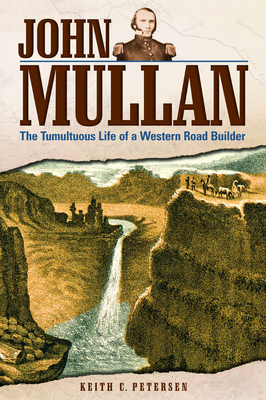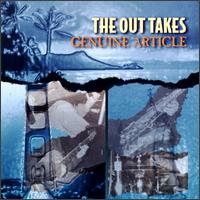
Esposito, Gabriele
product information
description
8
A superbly illustrated study of a major conflict between the southern New England colonists and the area's indigenous Native Americans, which comprised the Native Americans' last major effort to drive the English colonists out of New England.
King Philip's War was the result of over 50 years' tension between the native inhabitants of New England and its colonial settlers, as the two parties competed for land and resources. The Native Americans were led by the Wampanoag chief Metacomet (who adopted the name Philip on account of the friendly relations between his father Massasoit and the Mayflower Pilgrims), and comprised a coalition of the Wampanoag, Nipmuck, Pocumtuck, and Narraganset tribes. They fought against a force of over 1,000 men raised by the New England Confederation of Plymouth, Connecticut, New Haven, and Massachusetts Bay, alongside their Indian allies the Mohegans and Mohawks. The fighting took place in Rhode Island, Connecticut, Massachusetts, and later Maine and New Hampshire. It resulted in the destruction of 12 of the region's towns, while over half the towns in New England were attacked and thousands of homes burnt to the ground by warriors from Metacomet's coalition. Although the end result was a victory for the colonists, the war brought the local economy to its knees, halting trade and increasing taxation, and its populations were decimated by the fighting. Between 600-800 colonists and 3,000 Indians were killed in the conflict, making it the deadliest war in the history of American colonization. This new study reveals the full story of this influential conflict as it raged across New England. Packed with maps, battlescenes, and bird's-eye-views, this is a comprehensive guide to the war which determined the future of colonial America.member goods
No member items were found under this heading.
Return Policy
All sales are final
Shipping
No special shipping considerations available.
Shipping fees determined at checkout.







